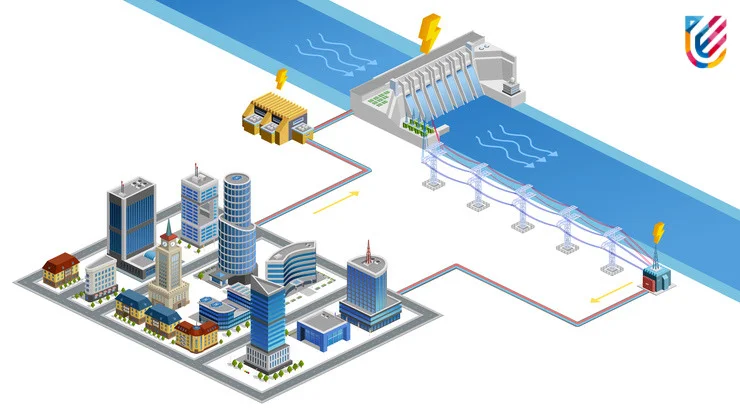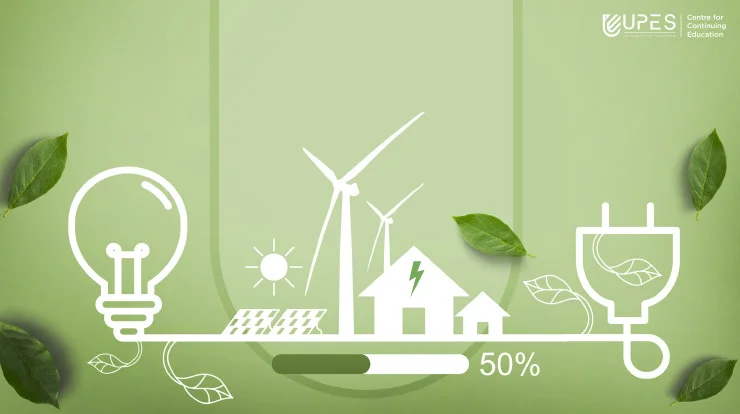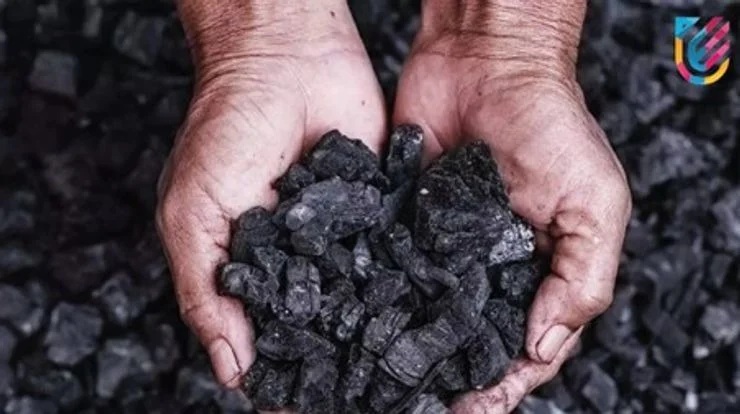From Power Plant to Plug: How Electricity Gets to Your Home
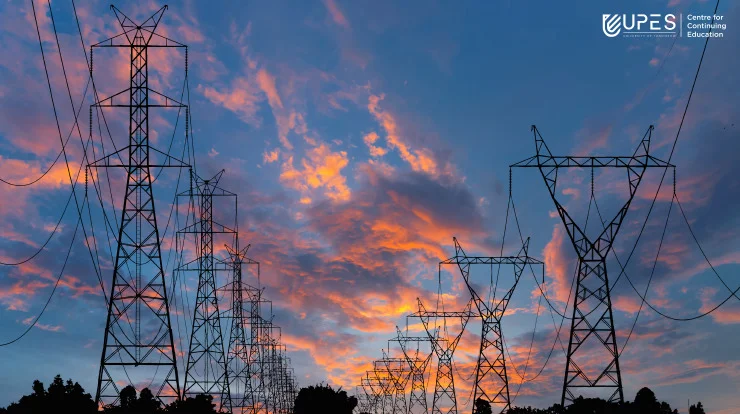
The transmission and distribution of electricity is an essential part of the power delivery process, which involves the movement of electricity from power generation facilities to end-users.
The efficient and reliable delivery of electricity to customers is the responsibility of the transmission and distribution systems. Given the increasing demand for renewable energy sources, it is crucial to understand the function of power transmission and distribution in delivering clean energy to customers.
Here you can see the comprehensive elements in the transmission and distribution of power and how electricity is delivered to consumers through various substations and distribution transmitters.

Power Generation
Power generation generates electricity from many sources, such as fossil fuels, nuclear energy, or renewable sources like solar and wind power. The electricity generated is then transmitted and distributed to end-users.
Types of Power Generation
Thermal, nuclear, hydroelectric, and renewable energy sources are just a few examples of the various types of power generation. While nuclear power generation creates electricity through atomic reactions, thermal power generation uses the burning of fossil fuels to do so.
Hydroelectric power generation uses the kinetic energy of falling water to generate electricity, and renewable power generation uses natural sources like solar and wind power to generate electricity.
Power Grid and Interconnections
A power grid, a system of transmission lines, transformers, and substations that carries electricity over great distances, is connected to the electricity produced at power plants.
The power grid is also connected to other power grids, allowing for the transfer of electricity between different regions and countries.
How electricity is delivered to consumers
After electricity is generated and transmitted over long distances, it must be distributed to end-users. The power distribution system, which consists of distribution substations, transformers, and distribution lines, is used to accomplish this.
Lower voltages are used in the distribution system to deliver electricity to homes, businesses, and other end users, making it safe for use.
Power Transmission
Power transmission is an integral part of the electric power generation transmission and distribution process, and it involves the movement of electricity over long distances.
The power transmission system transports high-voltage electricity from power plants to distribution networks.
Components of the Power Transmission System
The electricity transmission system comprises various components, including transmission lines, transformers, and substations. Transmission lines are the backbone of the power transmission system and transport high-voltage electricity over long distances.
Transformers step up the electricity voltage during transmission to reduce energy loss and step it down again during distribution. Substations regulate the flow of electricity and ensure it is delivered at a consistent voltage.
Types of Power Transmission Systems
There are different types of power transmission systems, including AC (alternating current), DC (direct current), and HVDC (high-voltage direct current). The majority of transmission systems transfer electricity using the electromagnetic induction principle.
DC transmission systems are used for long-distance transmission over undersea cables or where AC transmission is not feasible. The long-distance transmission uses HVDC transmission systems, which have lower energy losses than AC systems.
Importance of Power Transmission
Power distribution distributes power from distribution substations to end-users, often at lower voltages. The power distribution system consists of distribution lines, transformers, and distribution substations, transporting electricity from transmission substations to homes, businesses, and other end-users.
Power Distribution
Power distribution delivers electricity from distribution substations to end-users, typically at lower voltages. The power distribution system consists of distribution lines, transformers, and distribution substations, transporting electricity from transmission substations to homes, businesses, and other end-users.
Types of Transmission Lines
There are different types of distribution systems, including radial, loop, and network systems. Radial systems are the most common and involve a single feeder line that delivers electricity to end users.
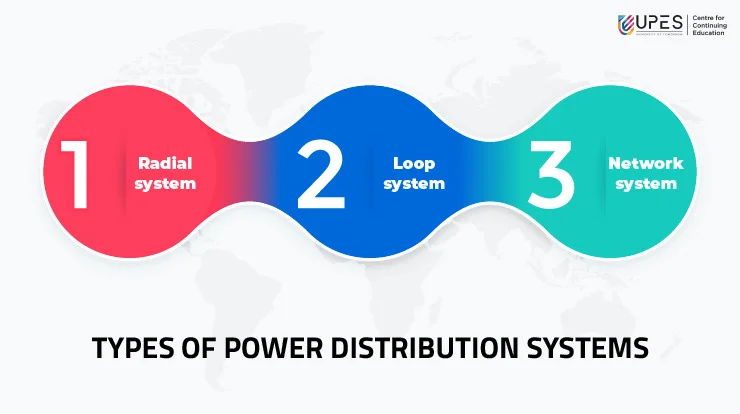
Loop systems involve two or more interconnected feeder lines to provide redundancy and improve reliability. Network systems are typically found in urban areas and involve multiple interconnecting lines, providing multiple pathways for electricity delivery.
Distribution lines are typically operated at lower voltages than transmission lines and are designed to deliver electricity to end users. Distribution substations regulate the electricity voltage to ensure that it is offered at a consistent voltage. Transformers are used to step down the voltage of the electricity to a safe level for end-users.
Power distribution systems are typically operated by distribution system operators (DSOs), responsible for maintaining the distribution network and ensuring a reliable electricity supply to end-users.
Conclusion
In conclusion, power transmission is crucial in delivering electricity from power plants to distribution networks, while power distribution systems provide electricity to end-users.
Power transmission and distribution networks must adapt to consider the growing importance of renewable energy sources in the mix of energy sources. While problems with integration and grid stability problems still exist, emerging technologies like energy storage and microgrids may provide a way around them.
Power transmission will become increasingly important as the world moves towards a more sustainable future. We must constantly innovate and create new technologies to maintain the dependability, effectiveness, and sustainability of power transmission and distribution systems.
UPES Online Admission Enquiry
Recommended Courses
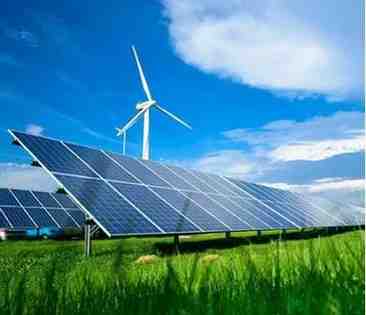
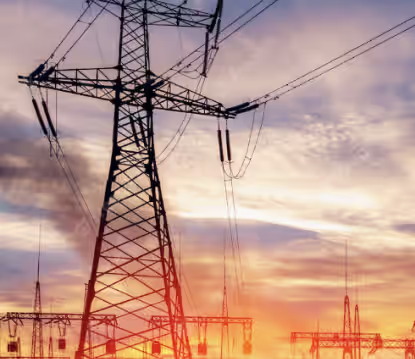

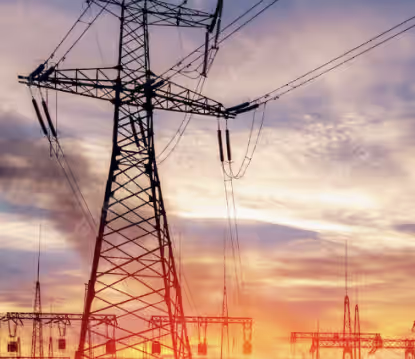
Latest Blogs
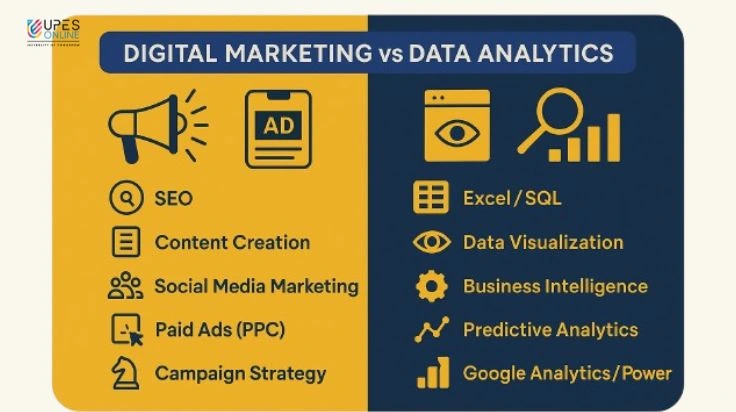
Digital Marketing vs Data Analytics: Which Career Should You Choose?
Battle of skills: Digital Marketing vs Data Analytics—compare 2025 salaries, skills & job roles. Expert tips to choose your future career path!
Read MoreJun 15, 2025 I 12 mins
Why Should I Choose UPES Online? 10 Reasons Why
Explore why UPES Online stands out in online education. Learn about flexible learning, UGC-approved degrees, expert faculty & credible online programs. Enroll now!
Read MoreAug 21, 2025 I 5 min
Can Distance Learning Fully Replace Traditional MBA Education? Challenges & Limitations
Find out if distance learning can truly replace a traditional MBA. Learn key challenges, limitations, expert opinion & insights.
Read MoreSep 2, 2025 I 4 mins
Online MBA Capstone Projects and the Importance They Hold
Know the importance of online MBA capstone projects. Learn how they build real-world skills, boost career opportunities, & add industry value.
Read MoreSep 7, 2025 I 5 mins
UPES Online MBA vs Other Top Universities: Why Students Prefer UPES
Compare UPES Online MBA with other top universities. Know why students prefer UPES online over others. Check fee, flexibility, faculty, ROI, & career scope.
Read MoreOct 1, 2025 I 7 mins



